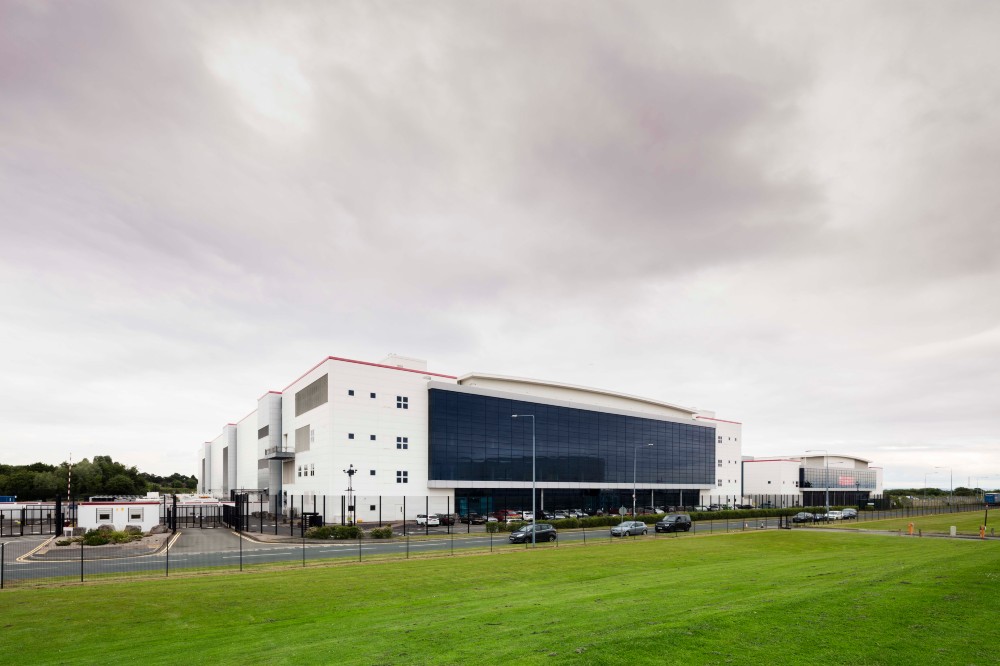Justin Jenkins, CEO at Next Generation Data, discusses why colocation certainly has not had its day and why it doesn’t have to be a case of either or when it comes to colocation and the cloud.
Heading into the new decade, it would be easy to assume that colocation’s days are numbered: an industry born over 30 years ago is finally being usurped by the cloud. There again, it’s often dangerous to assume.
From what we are seeing, alongside our cloud provider hosting services and in line with market forecasts, nothing could be further from the truth. The signs are colocation can look forward to at least sustained demand for the foreseeable future. The reason: CIOs are now fathoming the enterprise workloads that do, and don’t, fit in the cloud from a cost and complexity perspective.
Despite the cloud having a significant and growing role in future planning, analysts predict roughly half of all enterprise workloads will not go into it. Together, cloud and colo will therefore most probably evolve as the most compelling proposition for managing almost all enterprise data processing, storage and applications requirements. They’re complementary solutions rather than head to head competitors.
With this, enterprise organisations will have to decide whether to continue investing in privately-owned data centres for non-cloud workloads, or outsource to colocation operators. For many, faced with ever decreasing IT planning windows and the escalating costs, risks and complexities involved in designing, building and managing their own facilities, colocation will be an obvious choice.
But this doesn’t necessarily mean it will be an easy ride for colo providers. Times are changing, driven by the power and critical infrastructure needed for supporting new technologies such as hybrid cloud, HPC and AI. There is a growing focus on levels of resilience, security, cooling, connectivity, as well as space, energy efficiency and compliance.
As the decade progresses, some operators will probably need to close or completely upgrade smaller or power strapped facilities. Others will build totally new ones from the ground up. Only larger ones, especially those located in lower cost areas where real estate is significantly cheaper, may be capable of the economies of scale necessary for delivering affordable and future-proofed solutions for larger workload requirements.
Reviewing the situation
Providers aren’t the only ones needing to review the situation. CIOs of enterprise organisations considering a move to colocation today, or in the next few years, will need to look very carefully at potential providers and facilities.
First and foremost, data centre power to space ratio will be increasingly critical. Converged, AI and HPC deployments, for example, are already driving up rack densities; 15-20kW is becoming more the norm, and we are now seeing densities rise to 40, 50, even up to 100kWs. This has called into question a facility’s immediate and forwards power availability and ability to provide cooling solutions. But it varies considerably, as does available space and levels of M&E redundancy. So does security. While the latter is a combination of physical barriers, the operational regime and diligence of staff is also inextricably linked. There’s also a huge variation in the thoroughness and regularity of relevant testing, planned preventative maintenance and reinvestment – from none at all through to excellent.
Levels of connectedness are a further priority. The best data centres are hyper-connected with a plethora of carrier and gateway options. The worst are isolated sheds with little connectivity. However, connectivity is often overlooked, leading to inconsistent performance, poor user experience and lack of security between public and private cloud environments, and any applications remaining outside of the cloud infrastructure.
Last but not least, data centre location remains an important factor. It’s worth evaluating the environmental risk factors such as proximity to a flood plain, flight path, and terror threat level. Space and service pricing is also influenced by location due to the cost of real estate and labour. Out of town locations that are free from the risks and constraints of metro locations are likely to offer lower unit costs. Should an overseas facility be under consideration, geopolitical factors will also have a huge influence on the ‘what ifs’ and contingencies at a data centre.
Colo evaluation checklist
- Avoid cost being the overriding decision criteria: the data centre is critical to delivering the overall project and its actual cost is often relatively modest by comparison.
- Don’t procure to a rigid specification: let the operator demonstrate how they run their facility instead.
- Space and power: ensure availability for meeting future expansion needs.
- Uptime: investigate any historical failures; request a written response on long-term history of service continuity and SLA conformance.
- Check how the critical plant has been invested, architected and operated: meet the people and decide if they have the right attitude and will be good to work with.
- Check the management reporting on service, capacity, utilisation, and compliance is done in a transparent fashion: a good third-party operator should give you more control and insights to manage the service than doing it yourself.


